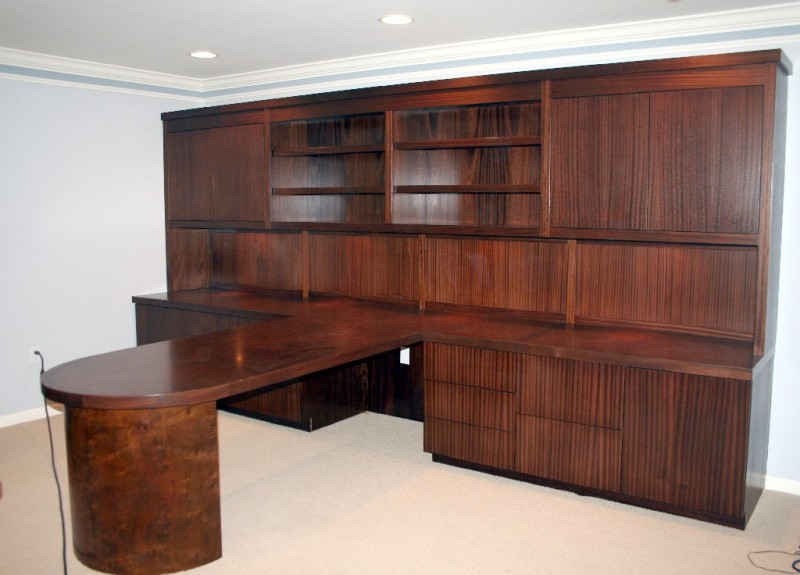by Professor Gene Wengert
Q.
Could you please send us information on cambium miner and it's effects on Northern hard maple? Is it considered a defect? Are there certain regions that are more affected than others?
A.
The cambium miner is a small bug (the larvae of flies) that burrows in the tree just under the bark. They create little tunnels which are then filled in by new wood growth. By infecting or destroying the cambium layer (which is where new wood is made), the tree will develop gum, dark stain, and/or bark at the location where the bug is doing its "thing." The next year (or so), the cambium repairs itself and then wood develops normally, covering over the infected area from last year. As a result, the infected area is "inside the wood." The infected spots have the appearance of pith--that first year of growth in the exact center of the tree. So, often the infected area is called pith fleck. In ash, the defect is called glassworm.
When grading hardwood lumber, pith fleck is not considered a grading defect unless there is bark in the fleck. The rule states "Mineral streaks and spots, and streaks and spots of a similar nature, will be admitted in the cuttings...."
Professor Gene Wengert is Extension Specialist in Wood Processing at the Department of Forestry, University of Wisconsin-Madison.
Click on Wood Doctor Archives to peruse past answers.
If you would like to obtain a copy of "The Wood Doctor's Rx", visit the Wood Education and Resource Center Web site for more information.
